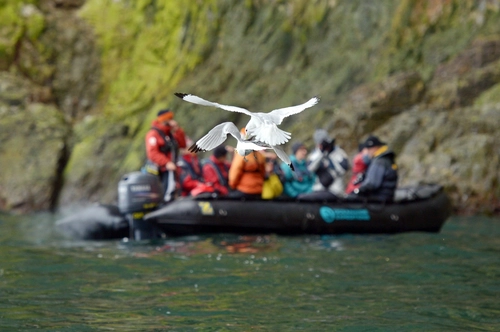Name: Brünnich's Guillemot, Thick-billed Murre (Uria lomvia)
Length: 40 to 50 cm
Weight: 730 to 1,500 g (Pacific race larger than Atlantic race)
Location: Polar and sub-polar regions of the northern hemisphere
Conservation status: Least Concern
Diet: Fish, mollusks, crustaceans, marine worms
Appearance: Black head, back, neck, and wings. White underparts. Long, pointed bill with a white stripe horizontally along it.
How do Brünnich's Guillemots feed?
Brünnich's Guillemots are strong divers, reaching depths of 150 meters and staying underwater for up to 4 minutes per dive. Typically, they dive between 20 and 40 meters. They often venture up to 100 km from their homes to forage.
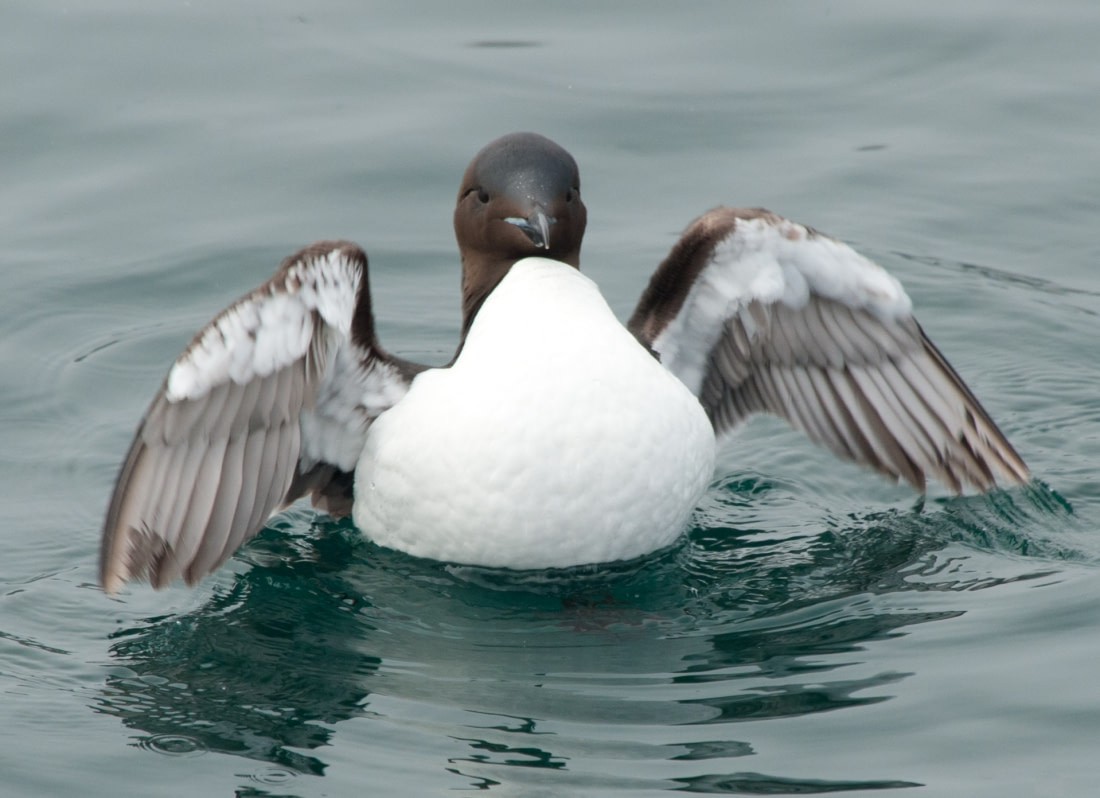
Are Brünnich's Guillemots social?
They form tightly-packed colonies during the breeding season.
How fast do Brünnich's Guillemots fly?
They can reach speeds of 80 km per hour but are not very maneuverable and take considerable effort to take off due to their short wings.
What are Brünnich's Guillemot birthing rituals like?
They form immense breeding colonies along cliff edges, sometimes reaching millions. Arriving in spring, they lay eggs around early June. Nests are on ledges and cliffs, with eggs laid on bare rock. Both parents take turns incubating the egg (about a month) and raising the hatchling. Chicks are fed one bit of food at a time due to the parents' high energy expenditure in flight. Chicks leave the cliffs after about a month by jumping into the waters below. The male stays with the chick at sea for another two months to teach it survival skills.
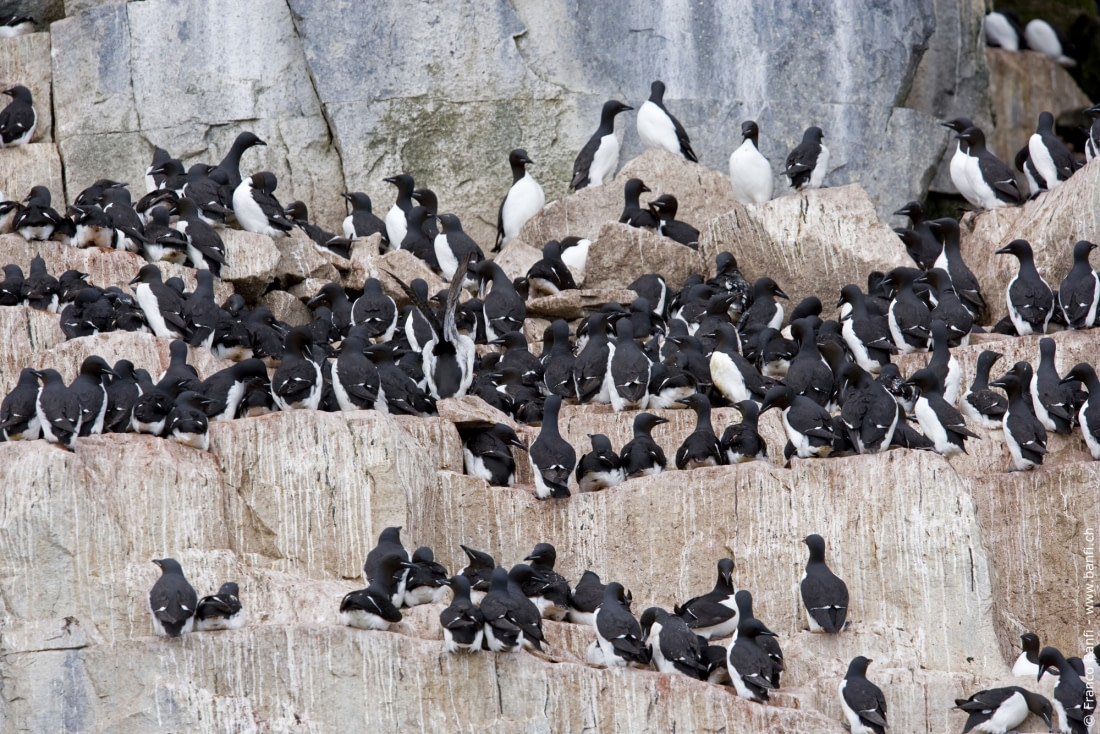
How long do Brünnich's Guillemots live?
They live about 20 years in the wild.
How many Brünnich's Guillemots are there today?
Estimates place the population between 15 million and 20 million individuals.
Do Brünnich's Guillemots have any natural predators?
Chicks and eggs are preyed upon by Glaucous Gulls, Arctic Foxes, and Common Ravens.
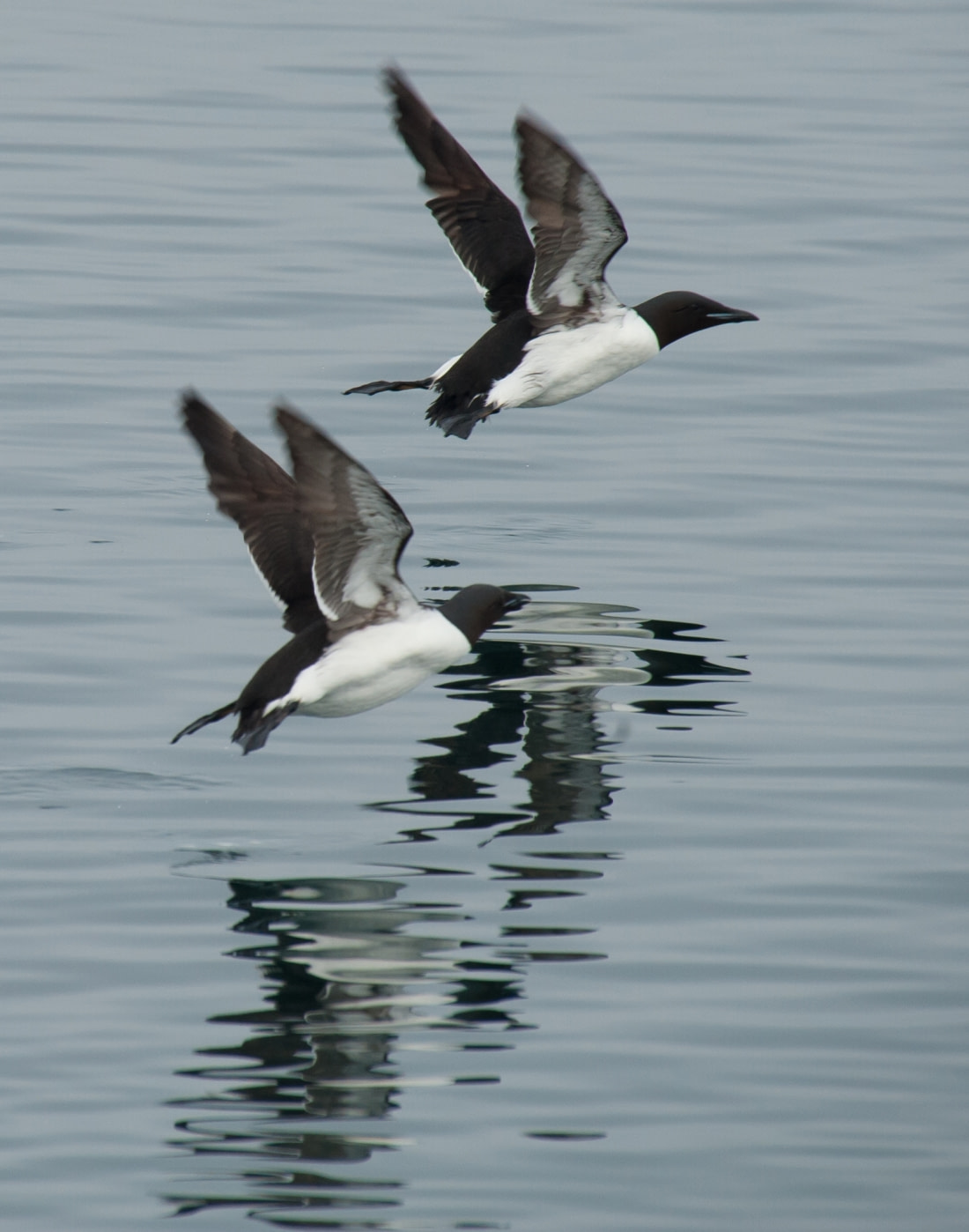
7 Fascinating Brünnich's Guillemot Facts
- They have the highest flight cost per body size of any animal.
- They are the largest members of the Alcidae family since the Great Auks went extinct in the 1800s.
- They claim the smallest individual territory of any bird, needing less than 0.5 meters per nesting space.
- They are one of the most numerous seabirds in the northern hemisphere.
- Guillemot colonies are also known as "loomeries."
- Named after Danish zoologist Morten Thrane Brünnich.
- Scientists theorize that they absorb extra gases into their bones' vascular structure to survive deep dives, releasing them slowly to avoid lung collapse and diving sickness.






Related Trips



The Ice-Jewelled Geology of Spitsbergen

Circumnavigating Spitsbergen

Arctic Icon: 10 Facts about the Polar Bear

Six Must-See Svalbard Sites

The polar bear: king of the Arctic food chain

The Enchanting Islands of Svalbard

Eight Engaging Reindeer Facts
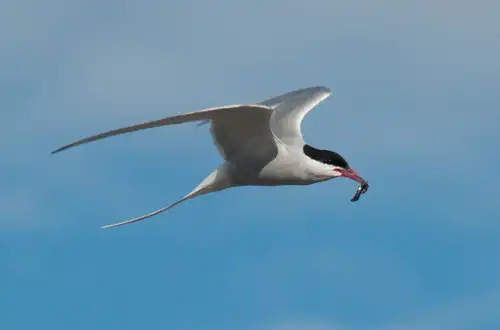
Birding Opportunities Abound in Spitsbergen
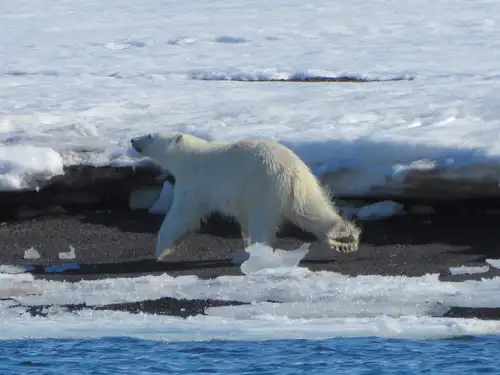
Polar bear feast

Puffins: Clown Birds of the Atlantic

“The polar bear will still be there”

Around Spitsbergen vs. North Spitsbergen

Svalbard a Disneyland for geologists

Svalbard’s Texas Bar
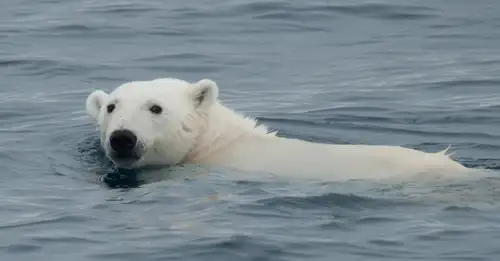
Polar Bear Sets Impressive New Diving Record

Solargraphy & Pin Hole photography in the Arctic

Svalbard vs. the Canadian Arctic

Spitsbergen: a true polar bear trip
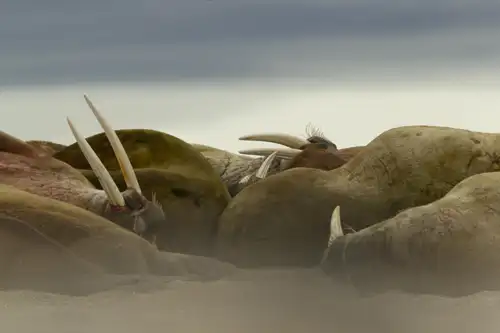
15 Toothy Facts About the Atlantic Walrus




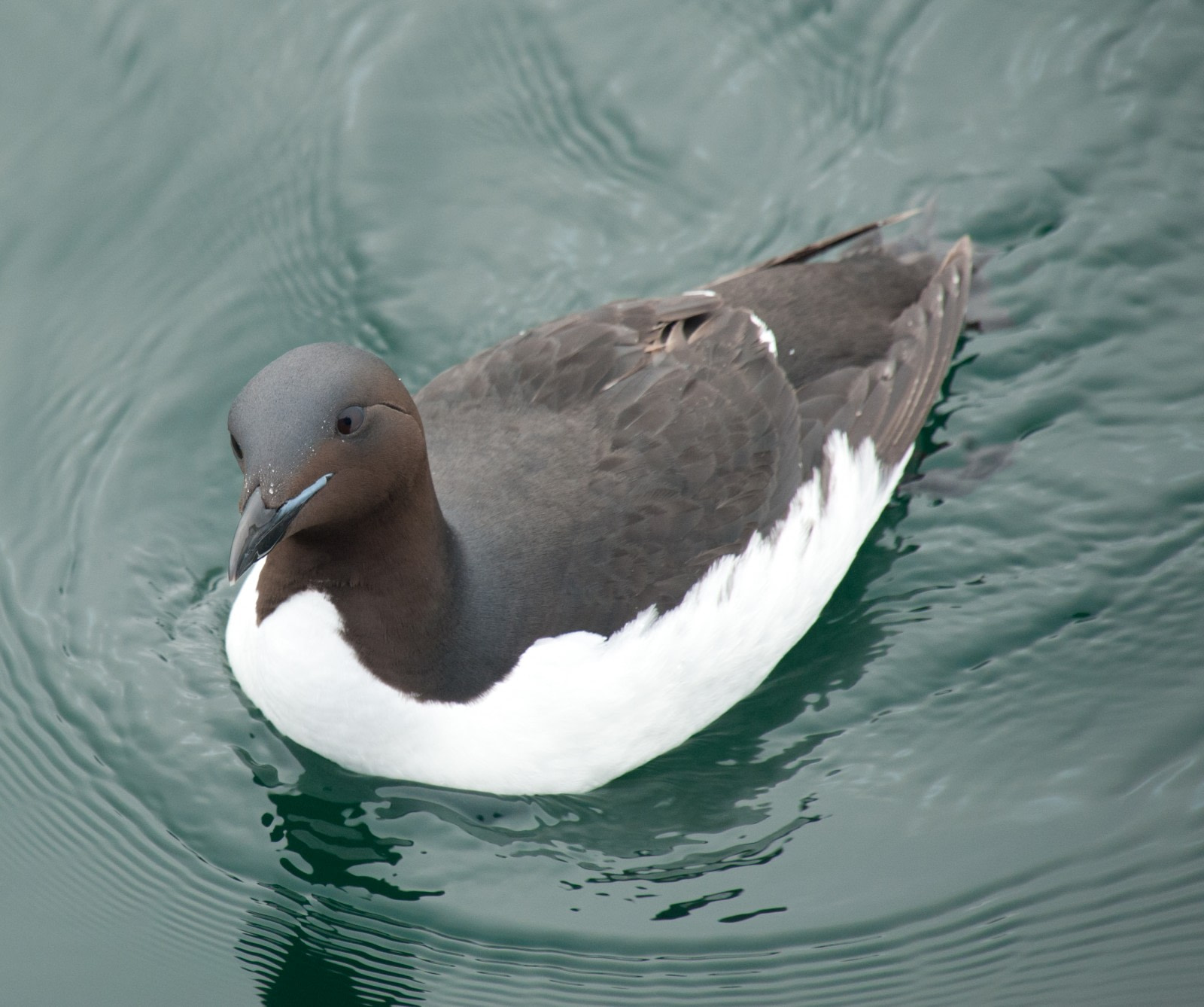

 8 Days / 7 Nights
8 Days / 7 Nights



